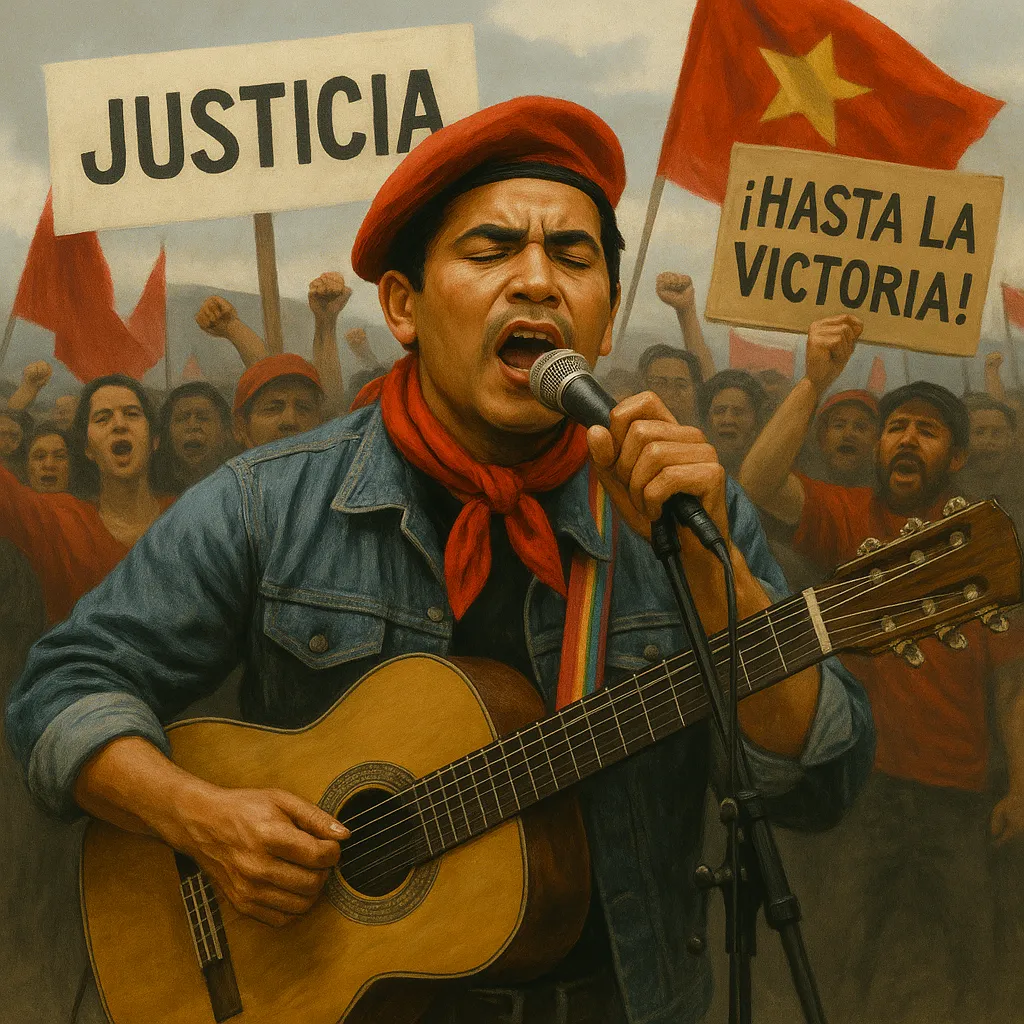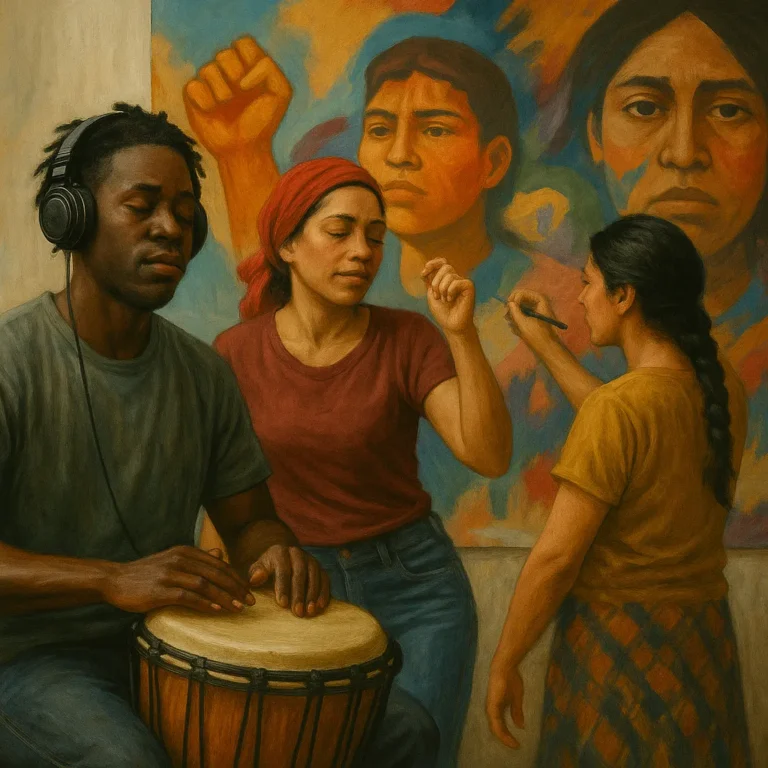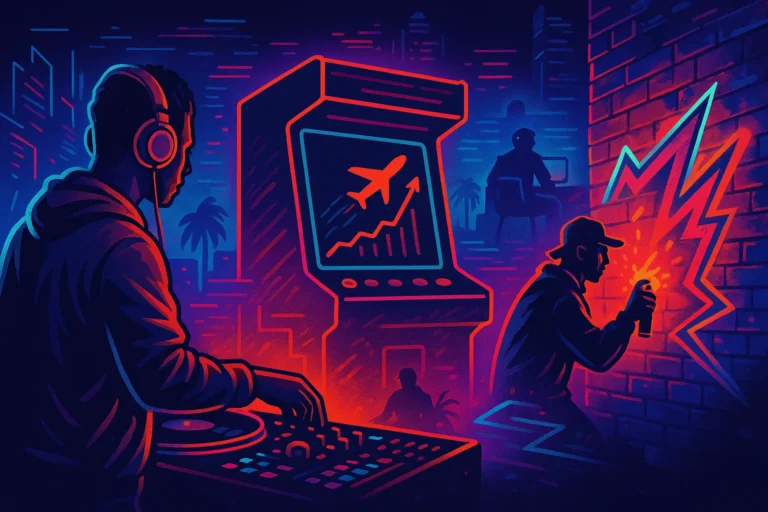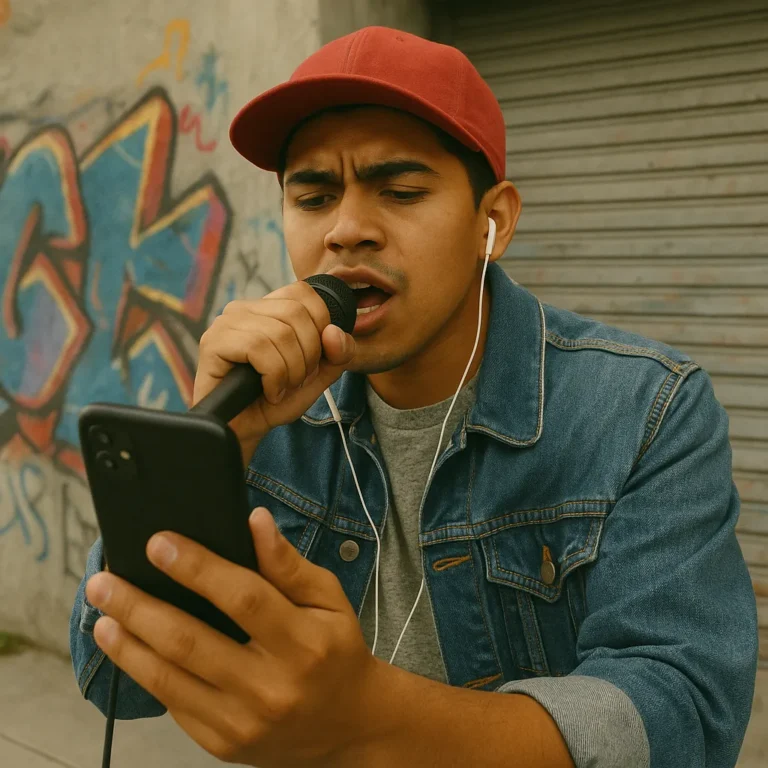Sound of Resistance: How Latin Music Became the Voice of Movements

Music in Latin America has always been more than melody — it’s been a lifeline. A tool for expression. A weapon of resistance. Across decades of political upheaval, social inequality, and cultural marginalization, Latin music has played the role of journalist, activist, and archivist. Whether through acoustic folk or bass-heavy reggaeton, each beat carries a message — and each voice challenges silence.
Roots of Resistance: Music as the People’s Chronicler
Nueva Canción and the Rise of Folk Movements
Back in the 1960s and 70s, a cultural wave swept through Chile, Argentina, and other Latin American countries. It wasn’t just a sound — it was a stand. Known as Nueva Canción (New Song), the movement fused traditional folk sounds with lyrics that pushed back against military dictatorships, social injustice, and economic disparity.
Artists like Victor Jara, Mercedes Sosa, and Violeta Parra became more than musicians — they became messengers:
- Their songs, though banned, were heard in streets, classrooms, and protests.
- Lyrics told truths buried by censored media.
- Folk instruments turned into tools of defiance.
Folk became the people’s newspaper — spreading awareness when headlines were silenced. Music gave power to the voiceless, with ballads standing in for editorials and guitars replacing printing presses.
From the Streets: Hip-Hop and Reggaeton as New Protest Tools
Beats Born in Concrete: Urban Music Speaks Out
Today, the baton of protest has passed to genres born in the streets. In cities across the U.S. and Latin America, young Latinx artists use hip-hop and reggaeton to speak truth to power. The issues may have changed, but the urgency remains.
They rhyme about:
- Gentrification
- Police brutality
- Immigration reform
- Cultural erasure
This isn’t background music — it’s confrontation set to a beat.
Take Residente (formerly of Calle 13). His lyrics are razor-sharp, packed with metaphors, satire, and revolutionary fire. Others like Ibeyi, Princess Nokia, and Snow Tha Product spotlight gender rights, racial injustice, and class struggle. Their verses blend pain and pride, sarcasm and storytelling. It’s not just sound — it’s survival.
Festivals and Stages: Gathering Spaces for Solidarity
Music doesn’t exist in isolation. And neither does protest. Today’s Latin music festivals are less about headliners and more about headlines — community-driven, politically charged, and rooted in solidarity.
These stages function as:
- Spaces of memory, where artists honor community struggles
- Hubs of organizing, offering resources and direct action tools
- Cultural manifestos, where lyrics become chants and rhythm becomes resistance
Even DJs and producers play a role beyond the booth. Choosing a track isn’t random — it’s political. The right beat can electrify a crowd or echo a cause. Curation becomes commentary.
Protest Goes Digital: TikTok, Podcasts, and Hashtag Revolutions
Music’s political power didn’t fade with analog. It just evolved. Now, protest flows through wires, screens, and social feeds.
- TikTok: A 15-second clip with a protest lyric? That’s a digital march.
- Podcasts in Spanglish: Deep dives into lyrics, genre history, and political context help decode the culture.
- Interactive media: Music videos embed subtitles, donation links, and even QR codes leading to petitions.
The format changed. The mission didn’t. Songs still challenge systems — just now with Wi-Fi and watermark overlays.
Memory Carved in Melody: Music as Archive and Hope
Each protest track isn’t just reactive — it’s archival. A chorus can carry a slogan. A verse can preserve a street name. The tone of a track might echo both fear and laughter. Through music, entire movements are remembered with emotion, not just information.
Unlike policy papers or manifestos, music is visceral. It’s heard in the gut, felt in the bones. That’s why it survives — and why it continues to speak when words fail.
Because in Latin America and beyond, a song isn’t just entertainment. It’s a memory. A message. A promise that resistance lives — in rhythm, rhyme, and roar.



